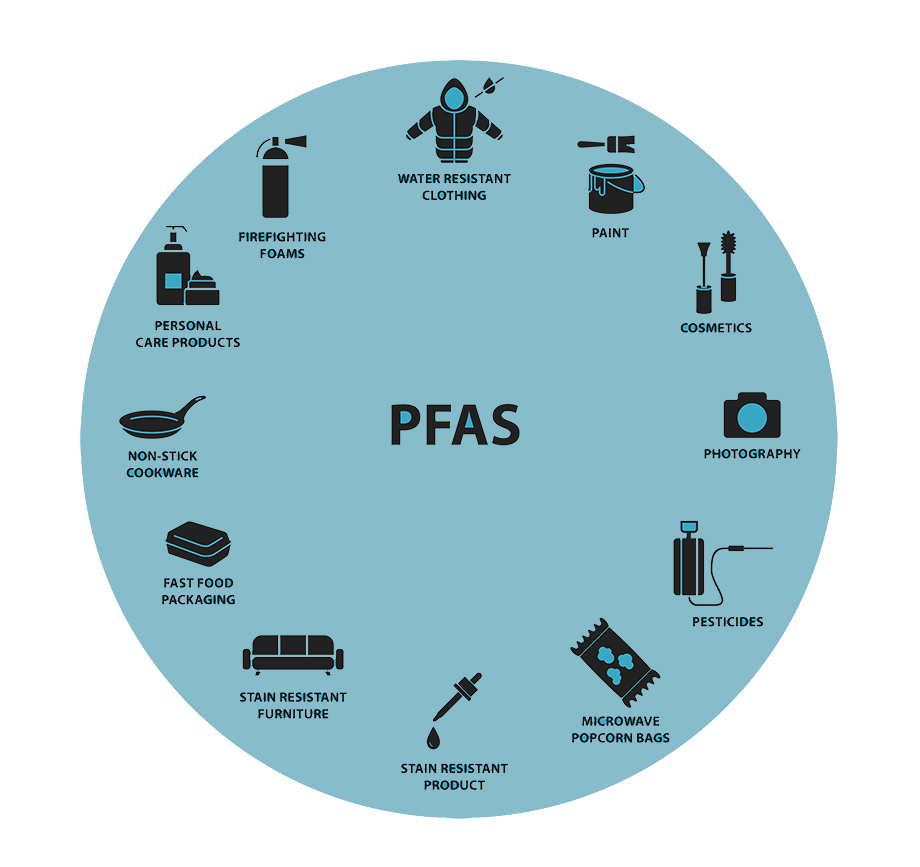 The acronym PFAS is short for per-and polyfluoroalkyl substances (also known as the "Forever Chemical") and refers to a large group of more than 4,000 human-made chemicals. These chemicals have been used since the 1940’s in a range of products including:
The acronym PFAS is short for per-and polyfluoroalkyl substances (also known as the "Forever Chemical") and refers to a large group of more than 4,000 human-made chemicals. These chemicals have been used since the 1940’s in a range of products including:
The use of PFAS has led to it entering our environment through soil, surface water, groundwater, and seafood. Several states have started to measure the PFAS contamination levels and areas around Maryland, Virginia, West Virginia, and Pennsylvania are reporting Maximum Contaminant Levels (MCLs). These reports are alarming as exposure to PFAS has been linked to many health concerns such as:
We can install a Water Filtration system that contains activated carbon, ion exchange resin systems, or reverse osmosis membranes which have been shown to be effective at removing PFAS from water. We offer a offers a range of customized solutions based on individual water source demands, to learn more about PFAS and your specific water contact us for a Water Test or consultation for all your water needs.
S & L Water Solutions will identify the most effective water treatment system for PFAS contaminations. The water treatment system will be installed by a licensed plumber who specializes in PFAS water treatment. Once the water treatment system has been installed, it is very important to keep it properly maintained. Water treatment units that are not properly maintained will lose their effectiveness over time.